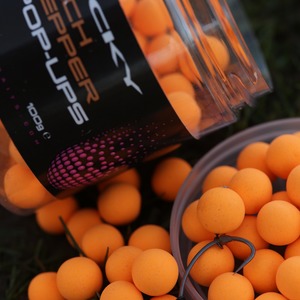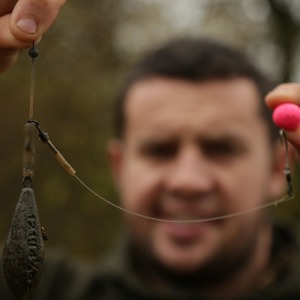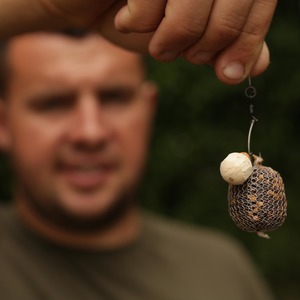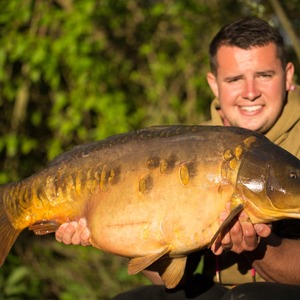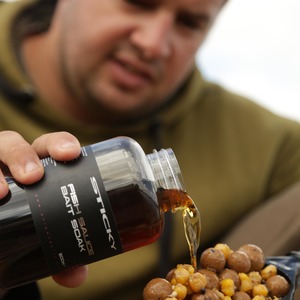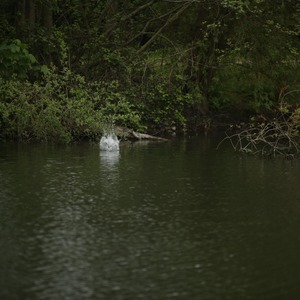Tom Maker: Finding The Perfect Spot
How do you go about finding a good, or even a great spot? We put Tom Maker on the spot.
Given my preferred way of fishing - I like to fish all my rods to one area - finding the right spot is absolutely key. If it’s possible, I also like to make the right decision from the off, as I prefer not to have to up sticks and move during a session. If the fish leave me, then I’ll have to follow, but I try and get on the bulk of the fish to start with and keep them by drip-feeding bait into the peg.
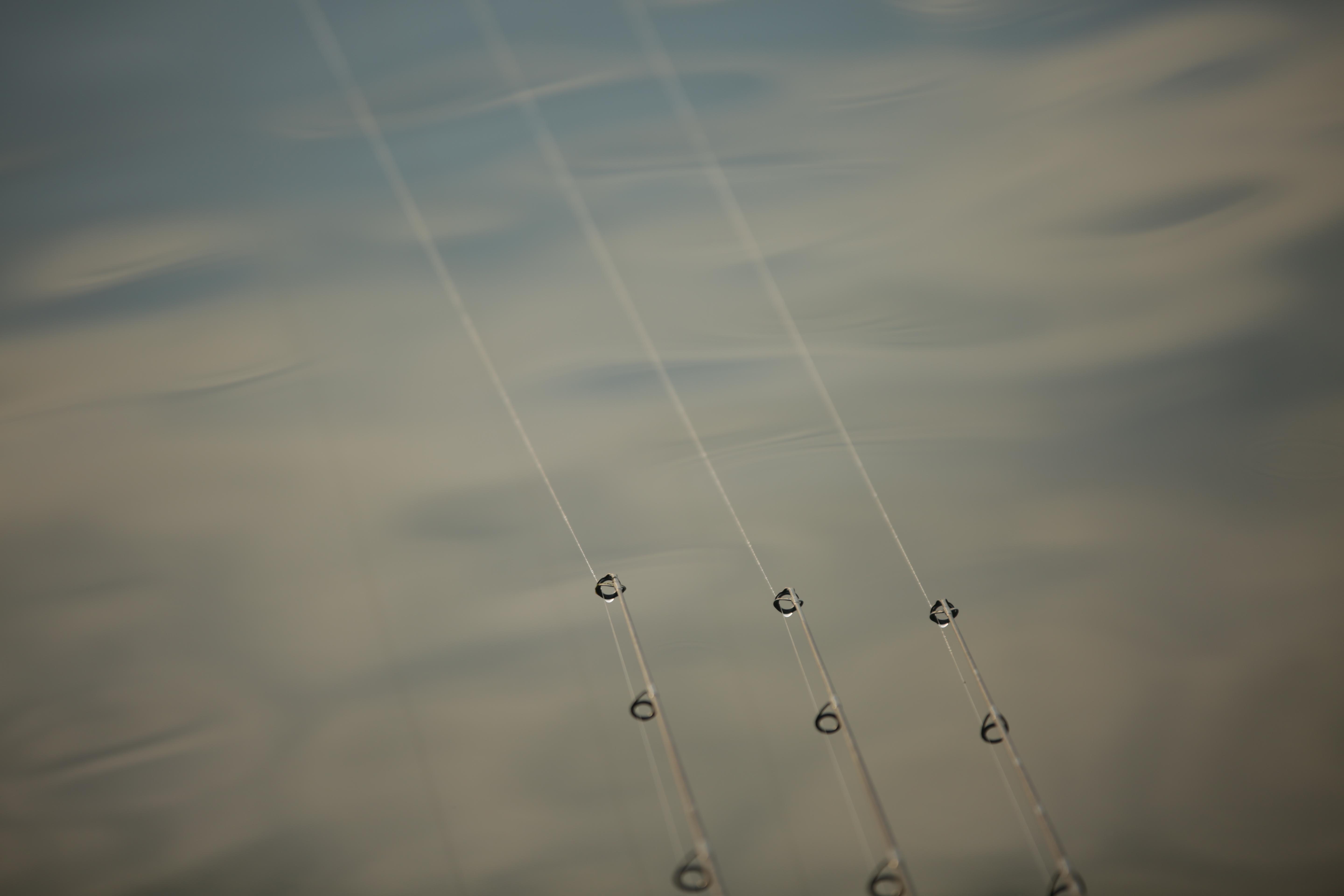
Stage 1: the area
It’s important that once you’ve found the carp, you pinpoint a particular spot that they’re happy to feed on. For me, the cleanest bottom is most often the best for presentation. If the area’s big enough for three rods, it’s also of a size that can accommodate a number of carp - I’m looking for as many fish feeding on a spot as possible, at any given time, as this gives me the best chance of hooking one.
Stage 2: a bare lead
Firstly, I like to have a cast around with a bare lead on a braided main line. The lead falls through the water and then hits the lakebed, and that feeling I get back through the line will give me a good idea of what’s down there. If it thumps down, I then give the lead a drag across the bottom. If it pulls across the bottom smoothly or with the ‘ping’ of gravel, I note how long I have to pull for until I get resistance, as this can be an indication of the presence of weed growth.
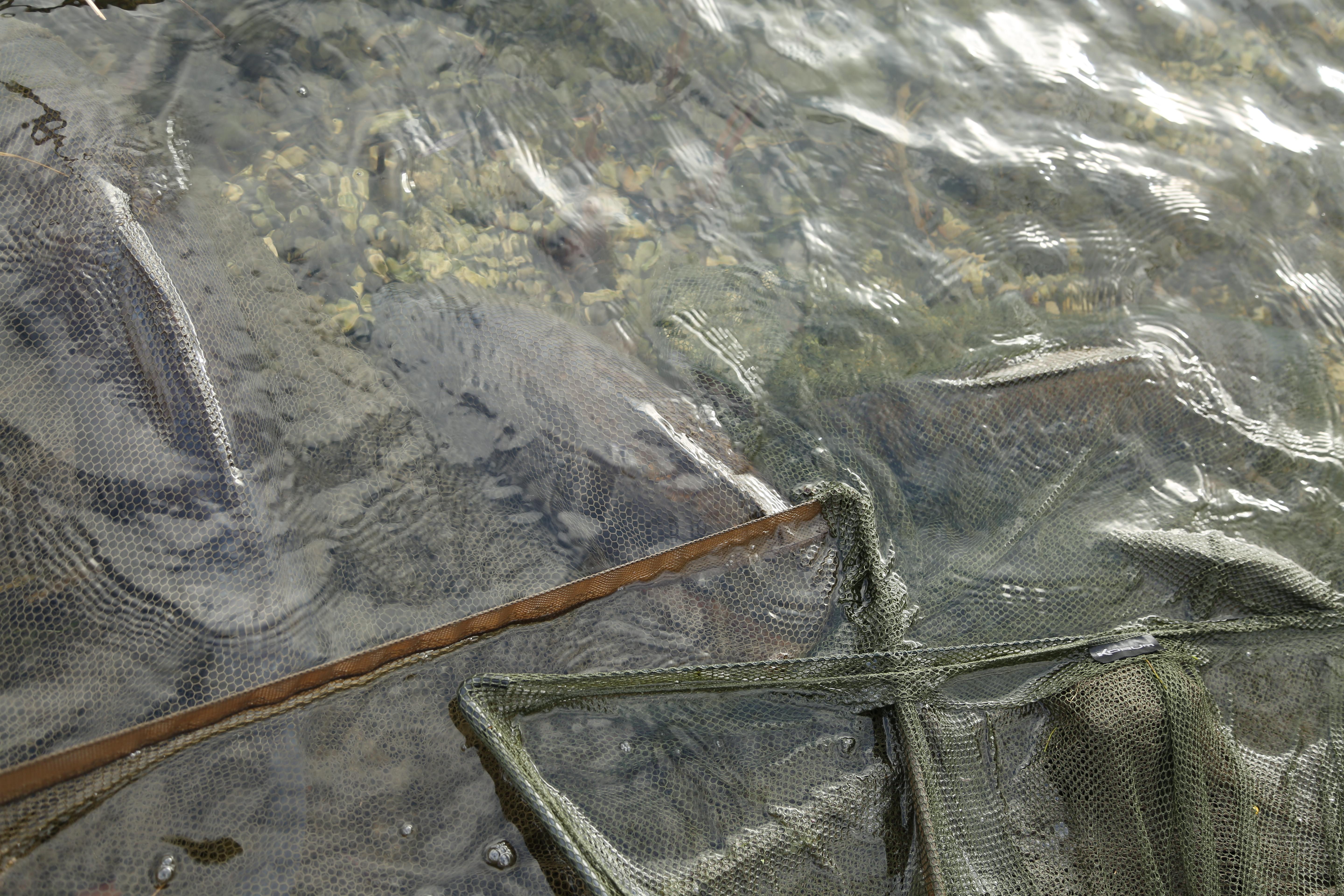
Stage 3: grappling lead
Once I’ve had a flick around with a bare lead and I’m happy with what I’ve found, I clip on the grappling lead. What this does is pick up any weed. The grappling lead is really effective with blanket weed, as it isn’t picked up easily with just a bare lead, and the prongs on the former take hold as you bring it through. I’m looking for something different, which in most gravel pits will be a cleaner area amongst the weed. If you rarely get clay back on the lead, but on occasion you stumble on some, then this is the kind of spot that I’d be looking for.
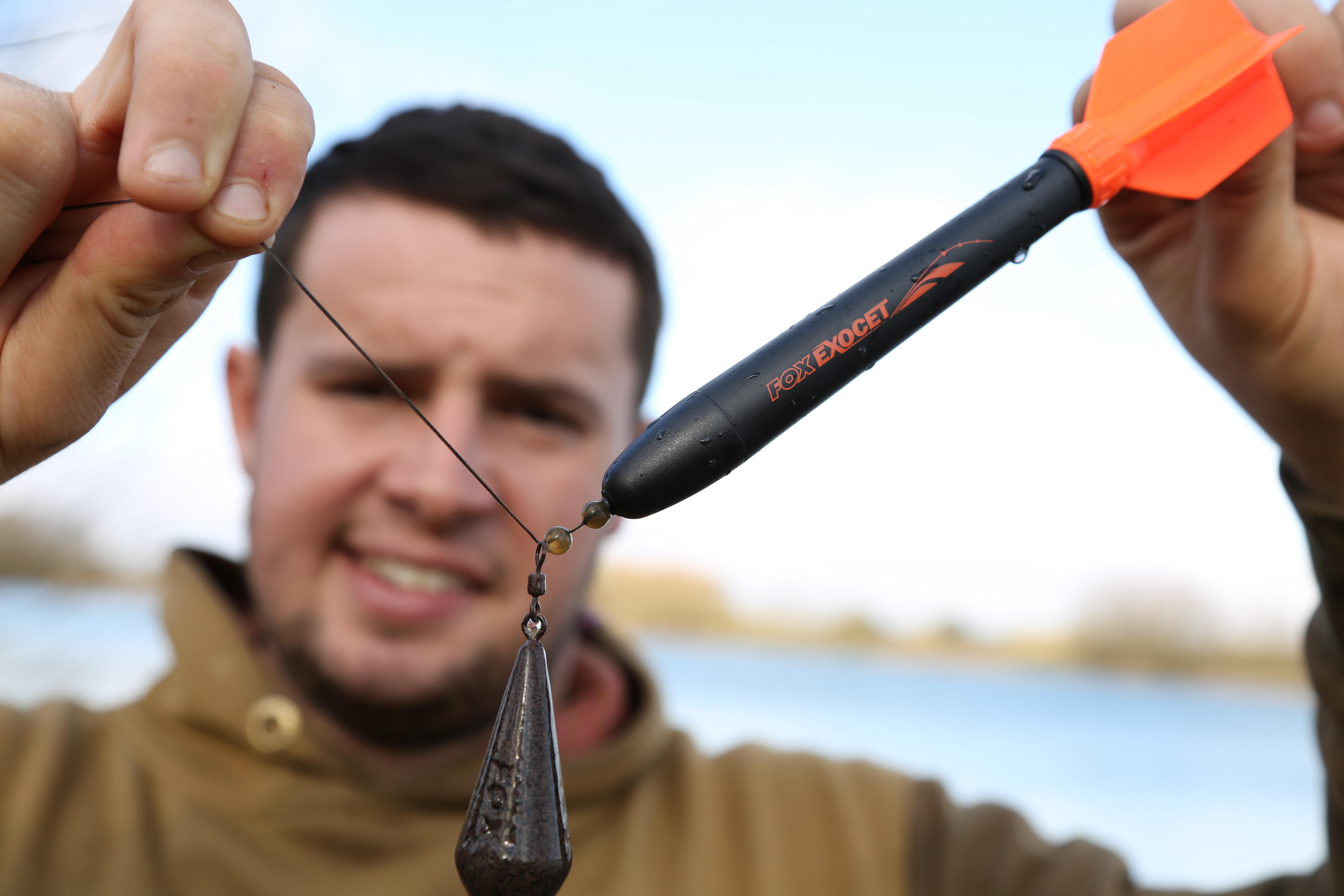
Stage 4: a feature
In some lakes, and particularly in gravel pits, there’ll be raised areas too. These are worth considering as carp will use gravel bars and shallow areas at all times of the year. A blatant feature that’s surrounded by an otherwise uniform bottom will always act as a magnet to the carp. It might not mean that you fish on top of it; sometimes you might place baits off the back, the side, or the front edge. I’ve had a good lead around then, to find the cleanest bit of the feature. If the fish are feeding on top of it, then that’s where it’d feel its cleanest and where I’d get the best drop. I do carry a marker float and even though I don’t use it all the time, if I want to be super precise, and feel I need to ascertain the depth changes accurately, then I’ll bring it out.
Stage 5: rig choice
There are times when a bar will be clean, but still have the odd remnants of silkweed present in patches. It’s rare that a spot is always completely clean, so it’s worth bearing in mind that there could be the odd patch of weed out there, especially if you’re using three rods - a large area is a lot to be kept completely clean. For this reason, I’ll often use a helicopter set-up, as it ensures that the rig lies on top of any debris, weed or other detritus, should it land in it. I often also favour a pop-up rig, just to ensure that the rig is always fishing. A 360º Rig will allow the bait to sit low to the lakebed, making it stand out, but not so much that the fish might suspect that something’s not right. If I’m at all worried that even a pop-up and helicopter combination isn’t enough to combat the problem, I’ll attach a small PVA bag, just to ensure that the hook point doesn’t get masked by weed.
Stage 6: baiting
My baiting to these areas has become simpler over the years, and nowadays I use just a few items. I generally stick to boilies and corn, with perhaps the addition of some other particles in the warmer months. The corn and boilies are heavy food items that won’t be affected greatly by the tow of the lake, or other water movement. They go down to the spot quickly and accurately and as long as the Spomb lands on the money, I know the bait will, to coin a phrase, find the spot. All I do to jazz the mix up a little is add some liquid: one of the cloudy ones or some of Sticky’s Fish Sauce.
TOM MAKER
Fox International's Tom Maker has had an incredible start to 2020 at Linear Fisheries, catching over 100 carp in just 7 nights to over 40lb. Here CARPology's Joe Wooltorton meets up with Tom on Brasenose One to find out how he's made his winter so successful.



